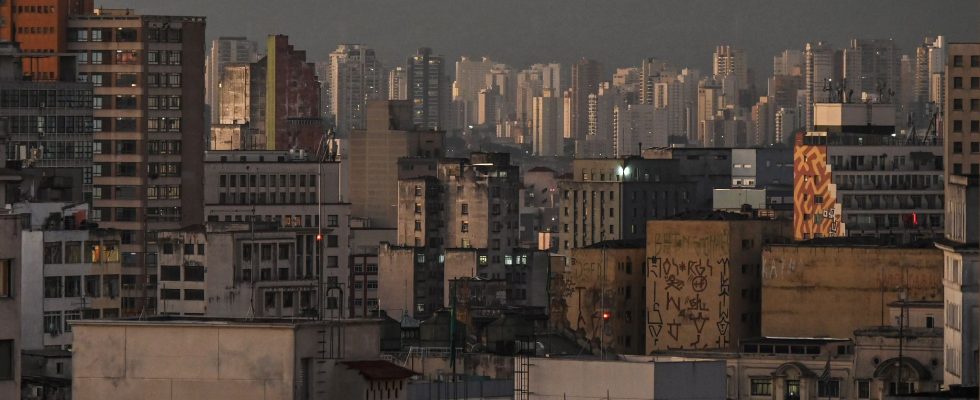In South America, the summer season has not given way to the winter season this year. At this time, the south of the continent should be in the heart of winter, with temperatures ranging between 8 and 18 degrees. But in Chile, Brazil or even Argentina and Peru, episodes of unusual scorching heat have been recorded in recent days.
In the Chilean town of Vicuña, on the Cordillera in the Coquimbo region (center), the mercury reached 37 ° C on Tuesday. This is the highest figure since 1951. “It has been more than 70 years since we recorded such a temperature,” Cristobal Torres, from Chile’s Meteorological Department, told AFP. In Santiago, 450 kilometers to the south, the thermometer showed 24°C on Wednesday and 25°C are expected on Thursday and Friday. Highly unusual temperatures for the season. In an interview with the British newspaper The Guardian, Raul Cordero, climatologist at the University of Groningen, indicated that “this Tuesday August 8 was probably the warmest winter day in northern Chile in 72 years, with 37 ° C.” In the capital of neighboring Argentina, Buenos Aires, 30 ° C was exceeded on Tuesday, the hottest August 1 since the start of statistics, according to the National Meteorological Service. In Uruguay, several cities spent Wednesday under 30°C.
“With its duration, area and intensity, this is probably the worst winter heat wave in the southern hemisphere,” commented Costa Rican expert Maximiliano Herrera, who documents extreme temperatures around the world on his website and his account X (ex-Twitter).
Global warming in question
According to scientists, this unexpected heat wave is the result of several phenomena. At Guardian, Karla Beltrán, environmental consultant, explains that this heat wave is in line with the last report of the Intergovernmental Panel on Climate Change (IPCC), which noted that the southern part of South America would become particularly vulnerable to episodes of high temperatures. Studies have shown that northern South America, including the Amazon region and the Pacific coast to the Atacama Desert, will experience more frequent and intense heat waves. “With the arrival of the El Niño phenomenon, it is expected that in the coming years this region will experience an increase in already high temperatures, which will make it necessary to take adaptation measures to avoid deaths and more serious disasters”, reports Karla Beltrán. As a reminder, El Niño is characterized by an increase in water temperature, 1.5 to 6 degrees above normal. This causes extreme climatic events: torrential rains, floods, avalanches, in addition to heat waves.
A specific atmospheric pressure in this region would also be the cause of these high temperatures. “High pressure systems are more intense and persistent anomalies in the Southern Hemisphere, inducing the movement of warm air and/or directly generating extreme temperatures. This high pressure will tend to persist and intensify in the decades to come with climate change”, develops for its part, always with the Guardian, climatologist researcher Chico Geleira, deputy director of the Polar and Climate Center of Brazil.
“What we are experiencing is the superposition of two phenomena: the trend towards global warming due to climate change, plus the El Niño phenomenon,” explained Chilean Environment Minister Maisa Rojas. This unusual heat wave has consequences. In the Andes, the snow has already started to melt from 3,000 meters above sea level. While Lake Titicaca is suffering from extreme drought and is approaching its lowest level. In Santiago, Buenos Aires and Montevideo, the situation should return to normal in the following days.
